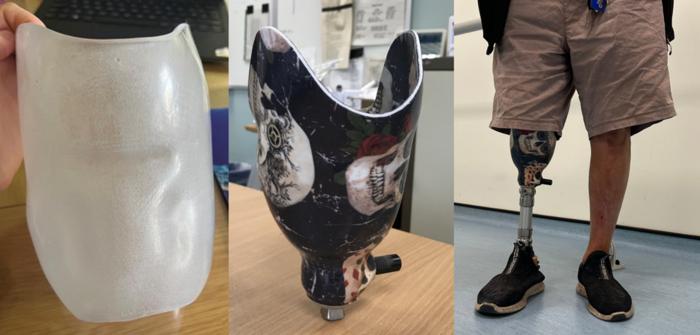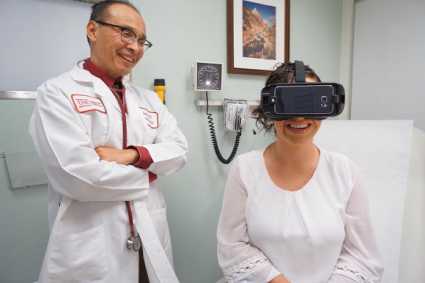A new tiny robot can perform delicate surgeries with high precision without needing bulky external equipment. This robot uses a built-in camera to watch and adjust its movements in real time, making it self-correcting. Designed like origami, it stays accurate even when pushed by outside forces, achieving precision at the micrometer level. This is the first time a micro-robot has used internal visual tracking, paving the way for small, independent surgical tools that can work deep inside the body.
In microsurgery, tiny movements matter, but things like shaky hands or environmental forces can cause errors. Traditional systems use external cameras or sensors to fix these issues, but they add size and wires, which aren’t ideal for minimally invasive surgeries. While some parts, like piezoelectric beams, provide strong and quick movements, they can drift off course without constant feedback. Smaller, flexible mechanisms could help, but they still need precise sensing to work well in hospitals.
Researchers from Imperial College London and the University of Glasgow created a groundbreaking micro-robot that solves these problems. It uses a tiny camera and special markers called AprilTags to track and correct its movements internally, without external devices. This robot is driven by piezoelectric technology and designed as a compact delta robot. Its small size and precise control make it a promising tool for future microsurgery.
For more details contact
Na Li
Microsystems & Nanoengineering
mine@aircas.ac.cn






